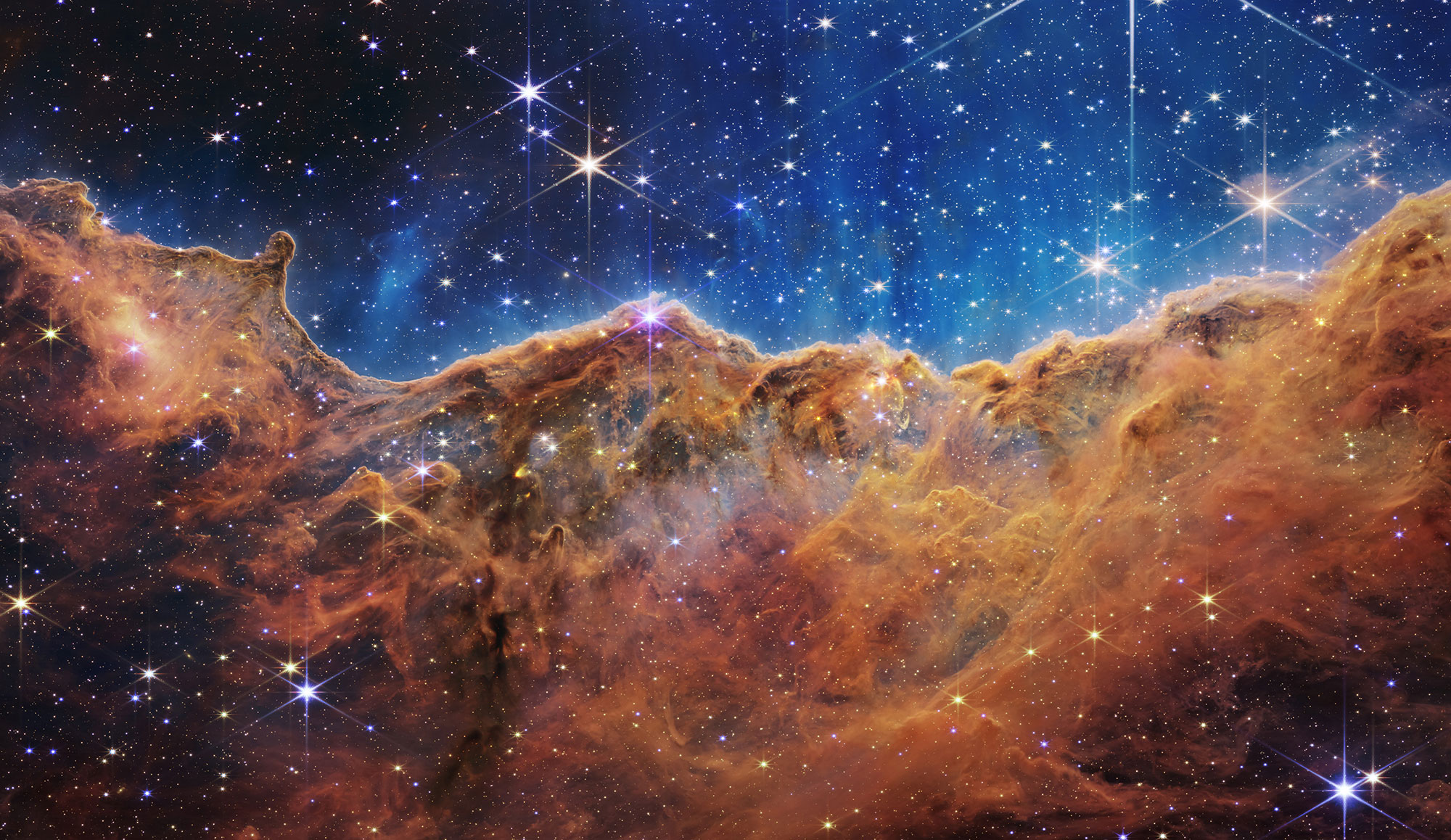
Puffy white exhaust contrails stream from the engines of NASA’s DC-8 flying laboratory in this image taken from an HU-25 Falcon flying about 300 feet behind. NASA researchers have begun a series of flights using the agency’s DC-8 to study the effects of alternate biofuel on engine performance, emissions and aircraft-generated contrails at altitude.
The DC-8 is using conventional JP-8 jet fuel, or a 50-50 blend of JP-8 and an alternative fuel of hydroprocessed esters and fatty acids that comes from camelina plants. More than a dozen instruments mounted on the Falcon jet are characterizing the soot and gases streaming from the DC-8, monitoring the way exhaust plumes change in composition as they mix with air, and investigating the role emissions play in contrail formation.


























